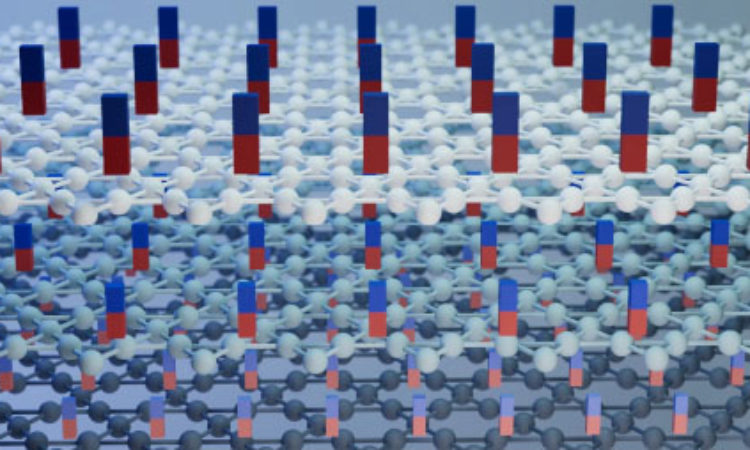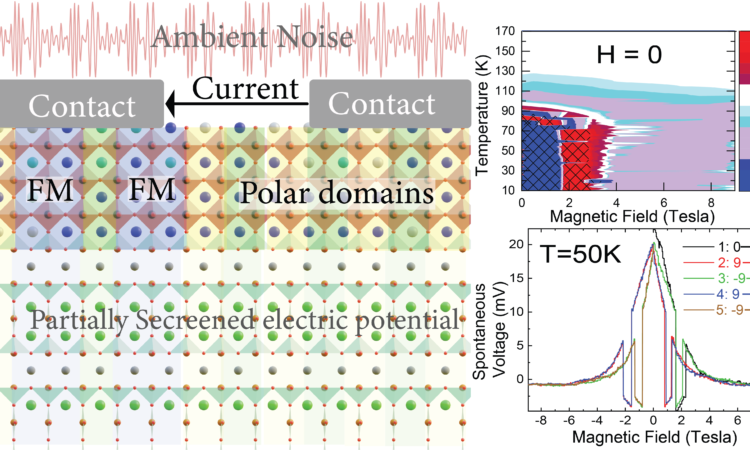Anomalous electrons in a metallic kagome ferromagnet
By S. A. Ekahana, Y. Soh and G. Aeppli, PSI
Interest in kagome lattices formed by magnetic atoms has been rooted in the pursuit of realizing spin liquid, charge fractionalization, and Weyl physics. Meanwhile, the latest kagome lattices with non-magnetic atoms have attracted interest due to exciting phenomena such as charge density waves and superconductivity, which may be related to interesting electronic band topologies such as van Hove singularities and flat bands. So far, there has been no evidence for charge fractionalization. Our work concerns the last topic, where we consider the unassuming ferromagnet Fe3Sn2, which contains kagome lattices formed by magnetic Fe atoms and currently is known to be neither superconducting nor hosting a charge density wave. We discover an interesting band, which we call the β band, where anomalous behaviour is revealed. We experimentally showed this by using the micro-focused laser angle-resolved photoelectron emission spectrometer (ARPES) available at the University of Geneva, which gives us high resolution in energy and momentum, and also a very small beam spot allowing us to investigate the local band structure in inhomogeneous samples.

© S. A. Ekahana; Y. Soh; G. Aeppli
There are several reasons we labeled the β band to be occupied by anomalous electrons, as our title reads. First, the β band is very sharp in energy and momentum but broadens and then disappears at the very small binding energy of 20 meV, in a manner contrary to what is expected for ordinary metals and even for “non-Fermi liquids” as seen for example in the copper oxide high-temperature superconductors. Second, the β band is not predicted by density functional theory (DFT) calculations but its neighbour called the γ band is native to the system according to DFT. We speculate that the β band originates from the γ band due to the interaction between the γ band and a flat band, which is placed just above the Fermi level based on DFT calculations performed at EPFL, and thus it represents an anomalous quasiparticle.
Finally, given spectral weight analysis that the quasiparticles living in the β band grow out of the γ band, we conclude that they may be fractional as are the quasiparticles responsible for the fractional quantum Hall effect. Therefore, using ARPES, we have the first experimental evidence for the fractionalization of charge in a kagome system.



